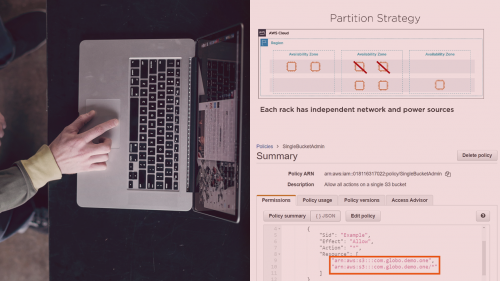
PluralSight – Core Python Hashing and More Collections-ELOHiM
English | Size: 166.97 MB
Category: Tutorial
Whether you are writing scripts for your own use, building websites with something like Flask, or using machine learning frameworks like TensorFlow, you need to use collections in Python. However, often there are multiple collection types that seem like the correct solution to your particular problem. Being able to pick the correct type is an essential skill to write effective Python code. In this course, Core Python: Hashing and More Collections, you will learn about more of the collection types in Python and be able to pick the correct type and use that type more effectively. First, you will learn how to classify collection types to be able to easily determine what kind of functionality all the advanced collection types offer. Next, you will discover how to implement __hash__ and __eq__ to make your own types more useful in mapping types. Finally, you will explore more of the collection types in Python. When you are finished
with this course, you will have the skills and knowledge of Python collection types needed to write more effective Python
![[Update Links] PluralSight - Web Application Penetration Testing Weak Cryptography](https://i.imgur.com/R6Pdszq.jpg)
![[Update Links] PluralSight - Web Application Penetration Testing Weak Cryptography](https://i.imgur.com/R6Pdszq.jpg)



